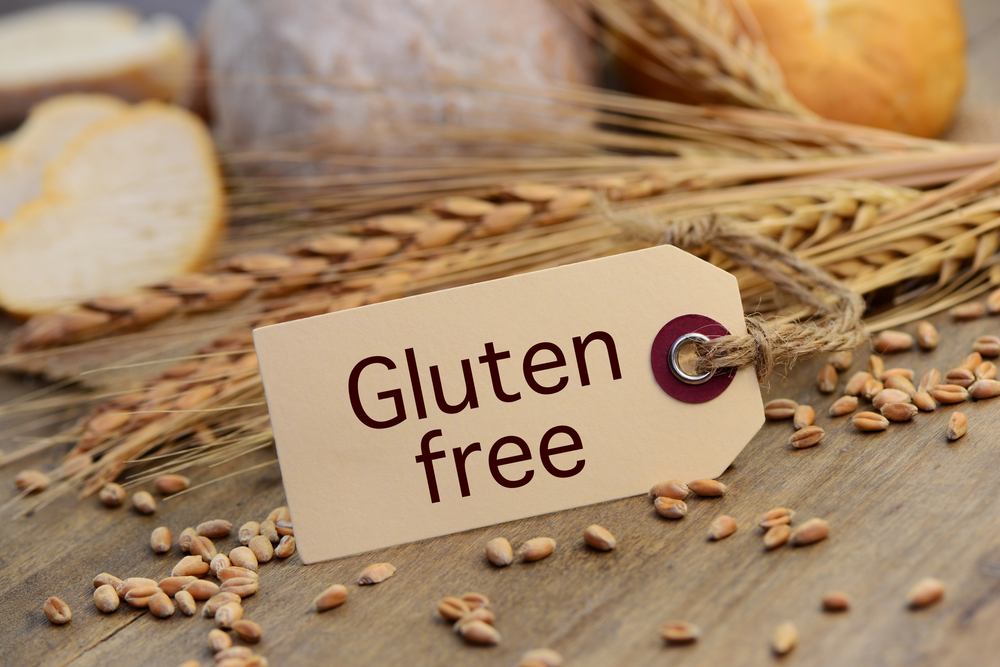Walk down any grocery aisle and you’ll notice it—buzzwords everywhere. “Natural,” “wholesome,” “made with real ingredients.” It’s like every box, bottle, and bag is screaming, Pick me! I’m healthy! But here’s the twist: most of those comforting labels don’t actually mean anything. They’re marketing magic designed to make you feel good, not necessarily eat better. The food industry knows how to push emotional buttons, and these sneaky little phrases prove that packaging psychology is a science.
So, before you toss that “all-natural” granola into your cart with pride, let’s decode ten food labels that sound saintly but deliver more smoke and mirrors than substance.
1. “All-Natural”
Ah, yes, the classic confidence booster. “All-natural” is the go-to label when brands want to sound pure and virtuous without saying, well, anything of substance. The truth? There’s no legal definition for “natural” when it comes to most foods. A snack can be loaded with sugar, preservatives, and processed oils and still parade around as “natural.” The term doesn’t mean organic, chemical-free, or healthy—it just sounds like it should.
2. “Made with Whole Grains”
This one’s sneaky because it technically might be true… just barely. Products labeled “made with whole grains” might contain a tiny sprinkle of whole wheat flour buried under mountains of refined flour and sugar. The front of the box screams “wholesome,” but the nutrition label usually whispers the truth. Unless the first ingredient listed is actually a whole grain, you’re probably getting more marketing than fiber. Always check the ingredient list—because “made with” can mean “contains the smallest acceptable amount.”
3. “No Added Sugar”
Sounds perfect, right? No added sugar means no guilt! But here’s the catch: “no added sugar” doesn’t mean “low sugar.” The product can still be naturally high in sugar—like fruit juices—or loaded with sugar substitutes that trick your taste buds and your metabolism. Some products swap cane sugar for fruit concentrate or malt extract, which are still sugar in disguise. In short, it’s a label designed to make your sweet tooth feel sophisticated.
4. “Fat-Free”
This one ruled the ‘90s and somehow refuses to die. “Fat-free” foods were once marketed as the ultimate health choice, but the truth is, many of them replaced fat with sugar and artificial additives to keep flavor intact. The result? A Frankenstein creation that’s worse for your body than the original full-fat version. Healthy fats actually help your body absorb nutrients and keep you full longer. So when you see “fat-free,” remember: what it lacks in fat, it often makes up for in regret.
5. “Gluten-Free”
For people with celiac disease or gluten intolerance, this label is essential. But for everyone else, it’s mostly marketing theater. “Gluten-free” foods are often loaded with extra sugar, starches, and fillers to make up for texture and taste. Many people assume gluten-free equals healthier, but that’s not automatically true. A gluten-free cookie is still a cookie—it just swapped wheat flour for rice flour and some clever branding.
6. “Light” or “Lite”
When something is labeled “light,” your brain automatically translates it to “better for me.” But “light” can mean almost anything—fewer calories, less fat, reduced sodium, or sometimes just a lighter color. The rules are loose, and companies exploit that wiggle room. A “light” salad dressing might have fewer calories but double the salt, while a “lite” beverage might just be watered down. Always check the fine print because this label plays fast and loose with the truth.
7. “Hormone-Free”
You’ve probably seen this one plastered across dairy and poultry products. It makes you feel like you’re avoiding something dangerous—but in most cases, it’s redundant. By law, poultry and pork producers in the U.S. can’t use hormones in their animals at all. So, when a label says “hormone-free,” it’s advertising something that was already guaranteed. It’s the equivalent of bragging that your orange juice is “dolphin-safe.”
8. “Locally Sourced”
This one sounds wholesome, earthy, and Instagram-worthy. “Locally sourced” gives the impression that your food came from a charming family farm just down the road. But “local” isn’t clearly defined—does it mean 10 miles away, 100 miles, or even 500? Many big brands use regional distribution centers and still call their products “local.” It’s a comforting label, but unless you can trace the source, it might just be a feel-good façade.
9. “Immune-Boosting”
It’s the label that flourished during the wellness boom—who doesn’t want a stronger immune system? But the science behind “immune-boosting” foods is murky at best. Your immune system isn’t a battery you can charge with a smoothie. Sure, vitamins help, but most of these claims are marketing spin on basic nutrition. You can’t out-drink the flu with “immune-boosting” juice, no matter how orange it looks.
10. “Superfood”
It’s the crown jewel of health buzzwords. “Superfood” instantly elevates anything from kale to quinoa into mythical status. But in reality, there’s no scientific or regulatory definition for a superfood—it’s purely a marketing term. Yes, these foods are often nutrient-rich, but they’re not magic. A diet of only “superfoods” won’t save you from unhealthy habits; it’ll just make your grocery bill super high.
The Truth Behind the Label
Food marketing is brilliant at one thing—making us feel good about what we buy. But the next time a package brags about being “natural,” “light,” or “immune-boosting,” remember: the label’s goal isn’t to educate you, it’s to influence you. Real health comes from understanding what’s actually in your food, not what the front of the box promises. Take a few seconds to flip that product over and read the ingredients—your wallet and your body will thank you.
Have you fallen for any of these clever food labels before? Share your stories or insights in the comments below—we’d love to hear them.
You May Also Like…
- 9 Safety Labels That Exist Only to Protect Corporations, Not You
- 10 Labeling Tricks That Hide Unhealthy Ingredients
- 10 Safety Upgrades That Aren’t Worth the Price
- 8 Everyday Foods Scientists Say You Should Avoid Immediately
- Why Do Food Delivery Apps Keep Adding Mystery Charges?


